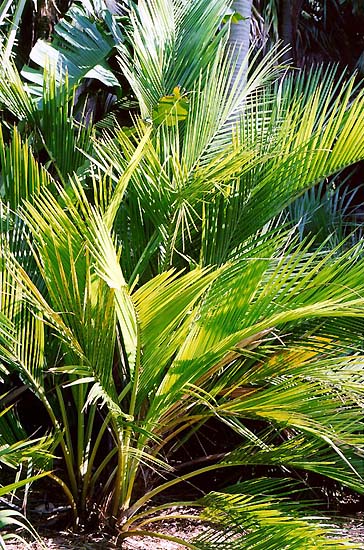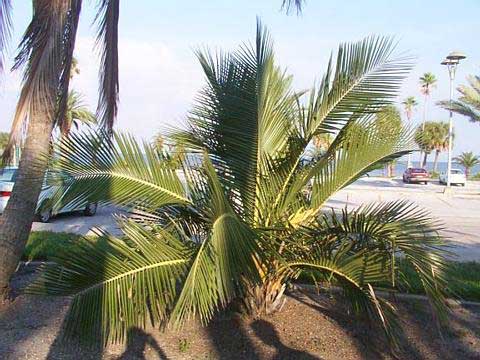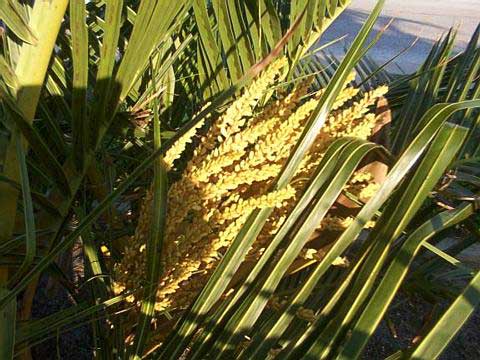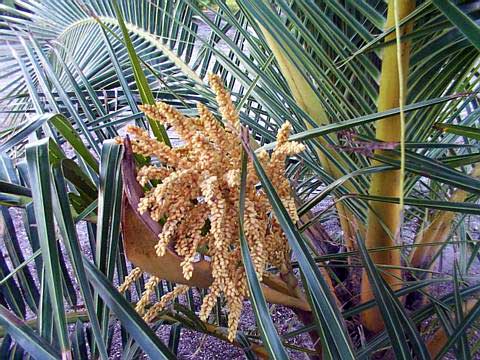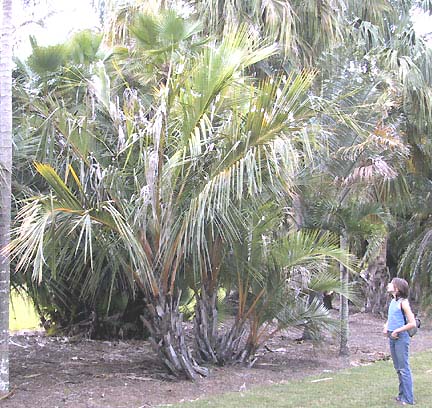Jubaeopsis caffra: Difference between revisions
From PACSOA Wiki
No edit summary |
No edit summary |
||
| Line 46: | Line 46: | ||
<div class="row"> | <div class="row"> | ||
<div class="small-0 large-6 columns"> | <div class="small-0 large-6 columns"> | ||
[[File:Jubaeopsis_caffra04.jpg|frame|Figure 4. ''J. caffra'' | [[File:Jubaeopsis_caffra04.jpg|frame|Figure 4. ''J. caffra'' inflorescense.]] | ||
</div> | </div> | ||
<div class="small-0 large-6 columns"> | <div class="small-0 large-6 columns"> | ||
Latest revision as of 09:26, 7 August 2024
| Welcome to the PACSOA Palms and Cycads wiki!
If you have any information about this species, please help by updating this article. Once you are registered you can contribute, change, or correct the text, and even add photos on this page. Click on the edit tab above and play around. Any mistake can be easily corrected, so don't be afraid. |
Common Names:[edit]
Pondoland Palm
Kaffir Palm
Distribution & Habitat:[edit]
Exposed coastal hillsides of Pondoland, South Africa, and around the lower reaches of the Mtentu, Msikaba, and Mzintlava rivers.
Description:[edit]
A clumping, pinnate leaved palm to about 5m tall, with the leaves being arranged in five ranks.
General:[edit]
A relative of the coconut, as well as Jubaea chilensis (hence the name).
Culture:[edit]
Like a sunny, well drained position, with ground water. Very slow growing. Seeds are difficult to germinate, although more success is being gained by just covering the seeds with moist sphagnum moss.
Reference:[edit]
Palms Throughout The World, David Jones.
Contributed by:[edit]
Daryl O'Connor (Figure 1).
Jeff Nugent - Permaculture Plants (Figure 2).

